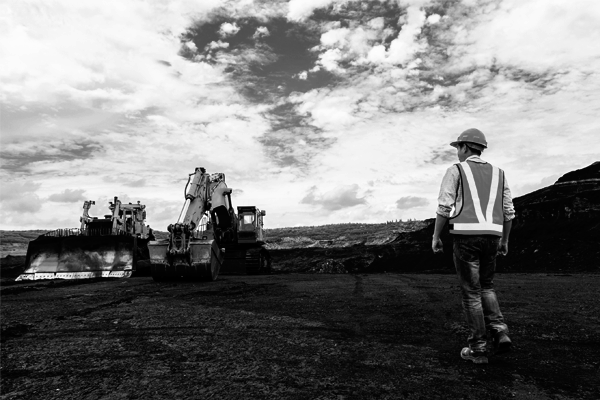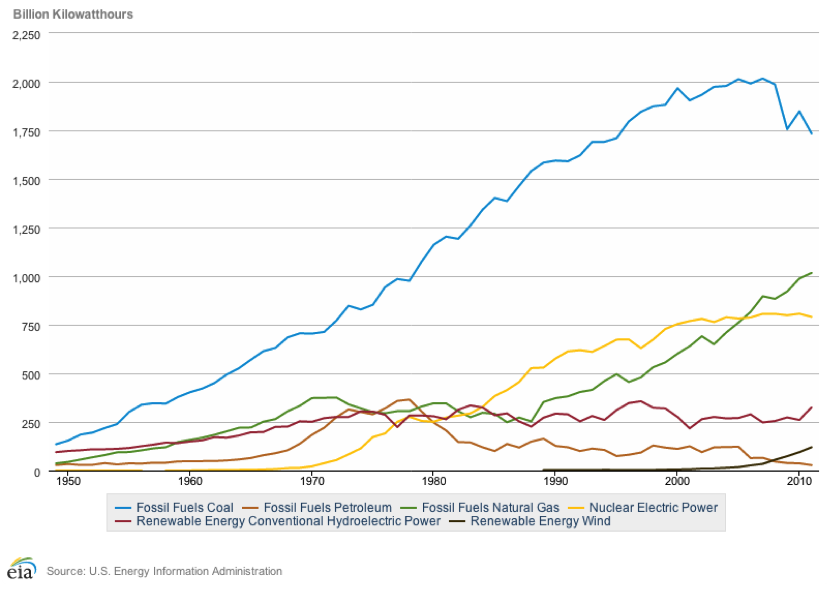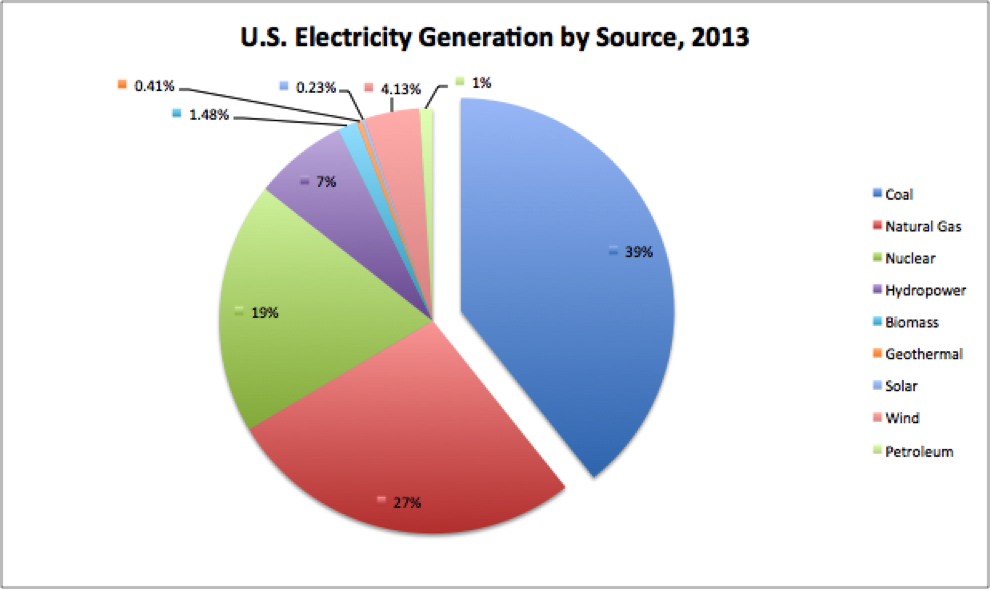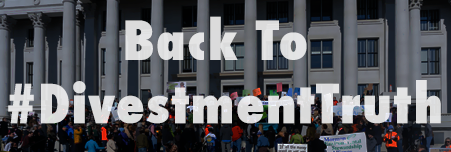Coal: Bedrock of Modern Life

Coal is one of the most versatile and useful natural resources. The energy from coal powered the Industrial Revolution, pulling millions of Americans out of poverty. Even today, developing countries are using coal to pull billions more people out of poverty with reliable, affordable energy. For many developed countries like the U.S., energy from coal remains the single largest source of the electricity that powers our 21st-Century lives.
But electricity generation is just one of many uses for coal. Many of the products that are critical to today’s civilization rely on coal, such as steel, plastics, and a number of other products that we use every day. Unfortunately, fossil fuel divestment activists want coal—the affordable, reliable energy it provides, and the products such as steel that we make from coal—to go away.
America’s Vast Coal Resources
- The United States has 483 billion tons of coal in its demonstrated reserve base, enough domestic coal to use for over 500 years at current rates of consumption. These estimates do not include Alaska’s coal resources, which, according to government estimates, are even larger than those in the lower 48 states.
- Another way to look at our coal resources is to consider in-place coal resources (the entire estimated volume within the Earth). By that measure, the United States has an estimated 10 trillion short tons of coal, over 11,000 years worth at today’s consumption levels.
- The United States produces about 900 million short tons of coal per year, making it the world’s second largest coal producer behind only China.
Coal Solved the First Energy Crisis
In the late 1500s and early 1600s, the English faced what was possibly the world’s first energy crisis—they were running out of wood.[1] They used wood for almost all of their energy needs—to heat their homes, cook their food, and for industry. But the supply of easily-accessible wood was rapidly decreasing. This was occurring because their economy and their population were growing, but wood—a renewable resource—could not keep up. Between 1500 and 1800, the population of the British Isles more than tripled from 5 million to around 16 million.[2]
Economic growth and population growth drove up the price of wood. Between 1500 and 1630, the price of wood increased 700 percent[3] as the trees near cities were cut down. Luckily for the English, they had an abundance of easily-accessible coal.[4]
The British gradually switched from using wood to using coal. Even before the steam engine created even greater demand for coal, coal was the primary energy source in England.[5] The steam engine increased the demand for coal even more rapidly, and coal has dominated ever since.[6]
Coal for Electricity
Coal was used in the first central power plants, such as Thomas Edison’s Pearl Street Station in New York City. For the last 130 years, it has held the lion’s share of electricity generation. In recent decades, we have seen other sources compete for second place: first hydroelectricity, then natural gas, nuclear power, and natural gas again. The following chart shows U.S. electricity generation by source since 1950.

The trend has continued over time, with coal still the dominant source of electricity in the U.S. today, accounting for 39 percent of total generation in 2013. After coal, natural gas, nuclear power, and hydropower make up the leading sources of electricity generation.
Source: EIA
The reason why coal dominates other fuel sources for the purposes of electricity generation is simple—it is highly reliable and inexpensive. Unlike wind and solar power, which depend on the weather in order to operate, coal serves as a reliable “baseload” source of power which can operate around-the-clock. Coal is also less subject to price volatility than natural gas, as tight gas supplies and fluctuating prices demonstrated during the “Polar Vortex” of 2014.
The U.S. is the world’s second largest coal producer after China, producing 892.6 million tonnes out of the world’s 7,896.4 million tonnes produced in total. That is about 11 percent of the world’s total.
Coal for Life
But coal is not simply used for electricity generation. It is also used to make a number of other products that serve as the backbone of modern life—steel, plastics, fertilizers, and medicines included. According to the U.S. Energy Information Administration:
Many industries use coal and coal byproducts. Methanol and ethylene can be produced from coal and can be used to make plastics, tar, synthetic fibers, fertilizers, and medicines. Coal is used indirectly to make steel. First, coal is baked in hot furnaces to make coke, and then coke is used to smelt iron ore into iron to make steel. The high temperatures created by burning coke give steel the strength and flexibility needed for bridges, buildings, and automobiles. The concrete and paper industries also use large amounts of coal for heat. [Emphasis added]
Below is a partial list of products made from coal. As you can see, many products we use every day come from coal, including steel to make bridges, concrete for buildings, and life-saving kidney dialysis machines.
- Steel
- Cement
- Concrete
- Kidney dialysis machines (activated carbon)
- Water and air purification systems (activated carbon)
- Tennis racquets (carbon fiber)
- Mountain bikes (carbon fiber)
- Fertilizer
- Soaps
- Aspirins
- Plastics
- Blackboard chalk
- Cosmetics
- Shampoo
- Toothpaste
Imagining life without plastics, fertilizers, medicines, steel, bridges, buildings, automobiles, concrete or paper is nearly impossible—and for good reason. These are the things that underpin modern life, and divesting from coal means divesting from all of these products that sustain the way we live.
Divesting Coal is Divesting Modern Life
Asking people to divest from a material that sustains our lives every day is not only irresponsible, but also immoral. We have a moral imperative to make sure that people can refrigerate their food and medicines, grow crops and plants with fertilizer, and keep their homes lit at night and warm during winter. All of this is what divestment activists are asking us to divest from—the bedrock of modern life.
AEA Analysts Travis Fisher and Alex Fitzsimmons authored this post
[1] “Between the accession of Elisabeth and the civil war, England, Wales , and Scotland faced an acute shortage or wood, which was common to most parts of the island rather than limited to special areas, and which we may describe as a national crisis without laying ourselves open to a charge of exaggeration.” John U. Nef, The Rise of the British coal Industry 161 (1932) quoted in B. Thomas, “Was There an energy Crisis in Great Britain in the Seventeenth Century?”
[2] John F. Richards, The Unending Frontier: An Environmental History of the early Modern World 193 (2003)
[3] Kenneth Pomeranz, The Great Divergence: China, Europe and the Making of the Modern World Economy 220 (2000) citing John U. Nef .
[4] Kenneth Pomeranz, The Great Divergence: China, Europe and the Making of the Modern World Economy 220 (2000).
[5] John F. Richards, The Unending Frontier: An Environmental History of the early Modern World 194 (2003)
[6] Rudolph L. Daniels, Trains Across the Continent: North American Railroad History 3 (2000).






